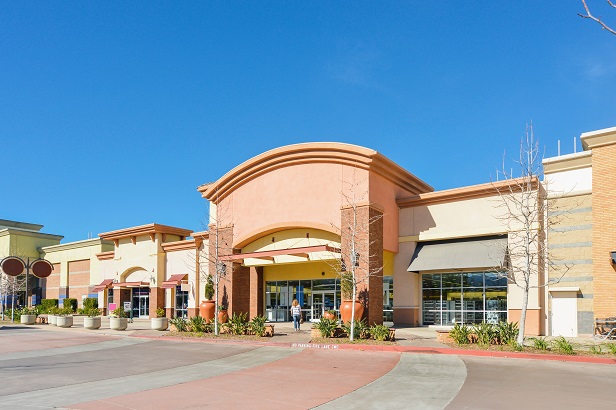Conventional wisdom would dictate that in times of economic turbulence, a retail landlord might prefer to have an anchor tenant that offers essential services, like a grocery store.
But one observer thinks that during the COVID-19 crisis, non-anchored retail has done better than anchored at adapting to an uncertain environment.
Brian Capstick, EVP of Operations for Baceline Investments, which has 75% of its portfolio in non-anchored shopping centers across America’s heartland, has seen non-anchored shopping centers perform better, given the price, in his portfolio. Baceline runs 80 of these shopping centers with 850 tenants, including national chains and mom-and-pop stores, such as beauty salons, pet stores, optometrists, liquor stores, restaurants and wireless stores.
“You’re paying a lower cap rate or a higher price per square foot for anchored retail,” Capstick says. “You’re obviously paying a lower price for the non-anchored retail centers that we like to purchase. What we’ve seen over the years is that grocery-anchored centers aren’t worth the premium.”
Capstick says there is a high risk if the grocery store leaves. “No one likes going to the shopping center with the empty grocery store,” Capstick says. “No one wants to be in a tenant lineup with a big empty grocery store. Then all your tenants leave after the grocery store closes. So that’s one of the reasons why I like the unanchored centers.”
During the pandemic, Capstick thinks shoppers also prize convenience. “If people want to go to the liquor store or go pick up dinner, they don’t want to be parking in a grocery store lot with 500 other cars,” he says. “They want to walk right in, get their dinner, walk right out and get in their car. I think that’s the preferred way to shop.”
Capstick thinks the tenants in non-anchored shopping centers, often mom-and-pop stores, are more likely to fight through tough times. While those small stores are getting hard in the pandemic, he says they’re sometimes safer bets.
“Like everybody in America, we thought the national companies would pay rent and the mom and pops were screwed [when COVID] hit,” Capstick says. “What actually happened was the mom-and-pop tenants tried their hardest to pay us a rent. The national tenants, even the ones that never had to shut down, tried to negotiate with us. The mom and pops didn’t want to risk getting their business shut down or getting evicted.”
Many national tenants are closing stores and going through restructurings, which gives Capstick more confidence in his smaller retailers.
“We’ve seen the ability for the mom-and-pop tenants to roll their up sleeves, get their PPP [Paycheck Protection Program money], adapt their business, get their plexiglass up, signs on the floor [that tell their customers to spread out] and keep going,” he says. “This is their livelihood. If their business goes down, their income goes away. So we’ve never believed more in the mom and pops than we do now.”
